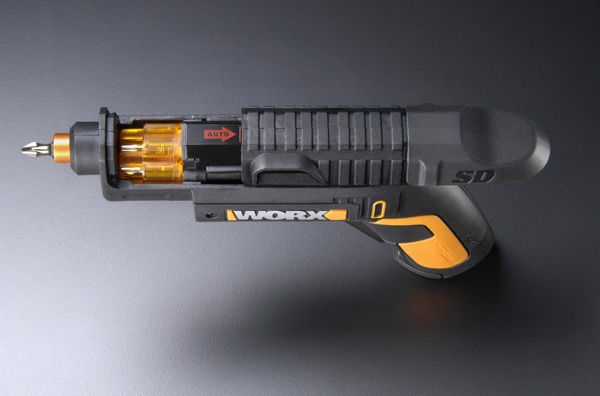Chisels are indispensable tools in woodworking and carpentry, essential for shaping, carving, and detailing wood. Understanding the types, uses, and maintenance of chisels is crucial for both beginners and seasoned craftsmen. This guide explores everything you need to know about chisels, from selection to proper usage techniques.
What are the different types of chisels available for woodworking?
Chisels come in various types tailored for specific tasks:
- Bench Chisels: Used for general woodworking tasks like chopping, paring, and detail work.
- Mortise Chisels: Designed for cutting deep and precise mortises in wood.
- Paring Chisels: Thin-bladed chisels ideal for delicate trimming and shaping tasks.
- Japanese Chisels: Known for their laminated blades and ergonomic handles, suitable for precise and intricate woodworking.

How do you choose the right chisel for a woodworking project?
Selecting the right chisel involves considering:
- Blade Width: Matched to the size of the task and the wood’s density.
- Handle Comfort: Ensuring a comfortable grip for extended use.
- Material Quality: High-carbon steel for durability and edge retention.
- Blade Angle: Matched to the wood grain for effective cutting and shaping.
What are some essential tips for maintaining chisels?
Proper maintenance ensures longevity and performance:
- Sharpening: Regularly hone the blade using sharpening stones or systems.
- Storage: Store chisels in a dry place to prevent rust and damage.
- Handle Care: Keep handles clean and dry to maintain grip and prevent splintering.
- Edge Protection: Use blade guards or edge protectors when not in use.
How can chisels be used safely in woodworking projects?
Safety is paramount when using chisels:
- Hand Positioning: Maintain a firm grip on the chisel handle away from the cutting edge.
- Workbench Stability: Secure the workpiece firmly to prevent slipping or movement.
- Eye Protection: Wear safety goggles to shield eyes from wood chips and debris.
- Sharp Blades: Use sharp chisels to minimize the force needed, reducing the risk of slips.
Chisels are versatile tools essential for woodworking, offering precision and control in shaping and detailing wood projects. Choosing the right chisel depends on the task at hand and ensuring proper maintenance extends their lifespan and enhances performance. By understanding the types, selection criteria, maintenance tips, and safety precautions, woodworkers can effectively incorporate chisels into their craft, achieving professional results with each project.
Incorporating chisels into woodworking projects requires attention to detail and precision, much like the careful planning and execution needed when working with materials such as geotextile